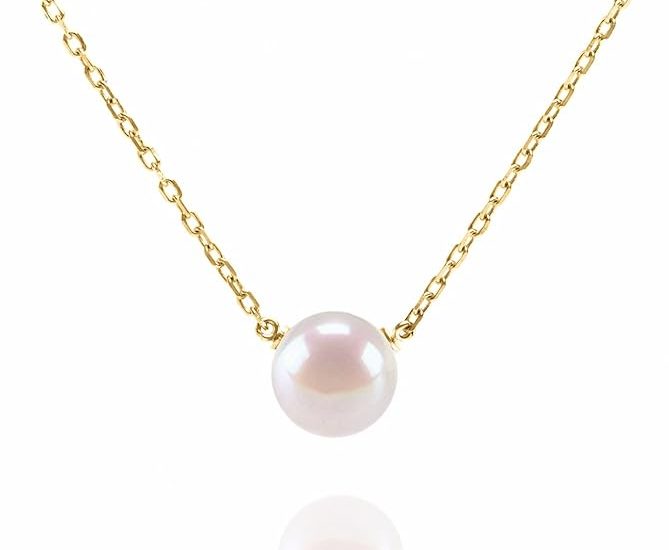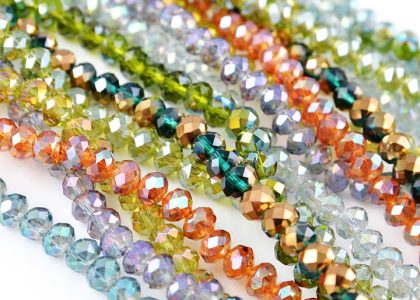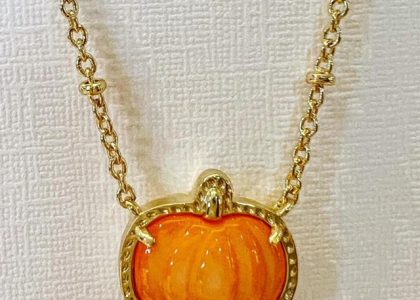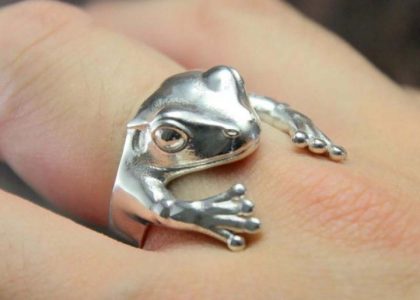The History and Symbolism of Pearl Necklaces
Pearl necklaces have been a symbol of elegance, purity, and status for centuries. Historically, pearls were so rare and valued that they were reserved for the nobility and royalty. The oldest known pearl necklace, found in the sarcophagus of a Persian princess dating back to 420 B.C., demonstrates the long-standing value and beauty attributed to pearls. Ancient civilizations, including the Romans and Egyptians, prized pearls, often associating them with wealth and power. In more recent history, pearls became more accessible with the advent of pearl farming, yet they have retained their status as a symbol of sophistication and grace. The introduction of cultured pearls in the early 20th century by Kokichi Mikimoto revolutionized the pearl industry, making pearl necklaces a more accessible luxury for women worldwide.

Selecting the Perfect Pearl Necklace
When selecting a pearl necklace, there are several factors to consider to ensure you choose a piece that best suits your style and meets quality standards. The first consideration is the type of pearls: freshwater, Akoya, South Sea, and Tahitian are the most common, each with unique characteristics. Freshwater pearls are known for their wide range of shapes and colors, while Akoya pearls are prized for their perfect round shapes and luster. South Sea and Tahitian pearls are larger and come in a variety of stunning natural colors.
The size of the pearls is also crucial, as it affects the necklace’s appearance and price. Pearl sizes are measured in millimeters, with the average sizes ranging from 7mm to 9mm, though pearls can be much larger or smaller. The necklace’s length is another key factor, with options ranging from the classic princess length, sitting just below the collarbone, to the opera length, which falls to the chest.
Luster is perhaps the most important quality aspect of pearls; it refers to the pearls’ shine and reflection quality. High-quality pearls have a bright, crisp luster that makes them stand out. The necklace’s uniformity, in terms of pearl size, shape, color, and luster, should also be considered, as it impacts the overall aesthetics and value of the piece.

Caring for Your Pearl Necklace
Proper care is essential to maintain the beauty and longevity of a pearl necklace. Pearls are organic gems that are sensitive to chemicals and the environment. It’s important to apply cosmetics, perfumes, and hairsprays before wearing your pearls to avoid contact with substances that could damage their surface. After wearing, gently wiping the pearls with a soft, damp cloth can remove any residue or oils that have come into contact with them.
Storage is another critical aspect of pearl care. Pearls should be stored separately from other jewelry to avoid scratches. A soft cloth pouch or a separate compartment in a jewelry box is ideal. Periodic restringing is recommended, especially if the necklace is worn frequently, to ensure the silk thread remains strong and the pearls are secure.
The Versatility of Pearl Necklaces
Pearl necklaces are incredibly versatile pieces of jewelry that can adapt to various styles and occasions. A simple, elegant strand of pearls can complement a business suit, evening gown, or casual outfit, making it a staple in any jewelry collection. The variety of pearl types, sizes, and colors also allows for personal expression and unique combinations that can reflect the wearer’s style.
Layering multiple pearl necklaces of different lengths and pearl sizes can create a modern, stylish look. Mixing pearl necklaces with other types of jewelry, such as chains or gemstone necklaces, can add texture and interest to an outfit.
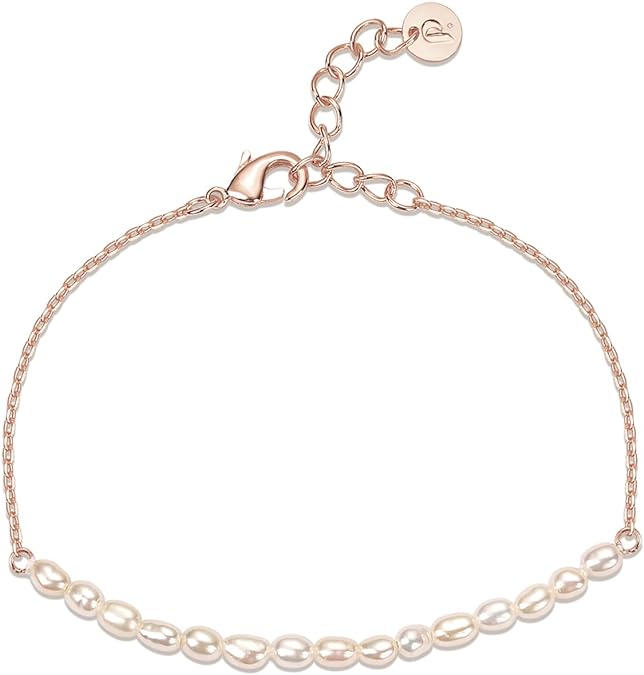
A Symbol of a Sustainable Future
The pearl industry has made significant strides toward sustainability and environmental responsibility. Cultured pearl farming, when done correctly, can have a minimal environmental impact and even provide ecological benefits, such as increased biodiversity and water filtration. Consumers interested in sustainable jewelry options can look for pearl farms that prioritize ecological practices and fair labor conditions.
Conclusion: The Enduring Appeal of Pearl Necklaces
Despite changes in fashion and the jewelry market, pearl necklaces have maintained their appeal and status as icons of elegance and sophistication. They symbolize not only timeless beauty but also the remarkable ability of nature to create something so perfect and desired from a simple grain of sand. Today, pearl necklaces continue to captivate with their simplicity, versatility, and the story they tell of history, culture, and the pursuit of perfection.
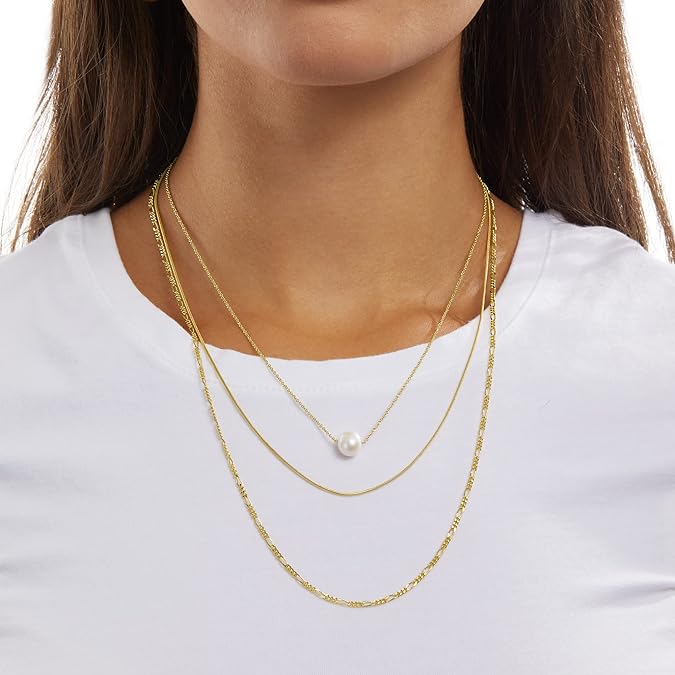
The Journey from Nature to Neckwear
The journey of transforming raw pearls into stunning pieces of jewelry is as fascinating as the pearls themselves. After pearls are harvested, they undergo a meticulous selection process where they are sorted by size, shape, color, and luster. Artisans then carefully drill holes in the pearls, taking care not to damage them. The pearls are strung together, often with knots in between to prevent them from rubbing against each other and losing their sheen. This process underscores the craftsmanship and attention to detail involved in creating a pearl necklace, making it not just an accessory but a work of art.
By Style: Simple Strands to Elaborate Multi-layered Designs
Pearl necklaces also vary significantly in terms of design and style. Simple strands, known for their timeless elegance, can complement any outfit, making them a perfect gift that suits various tastes and occasions. On the other end of the spectrum, elaborate multi-layered designs, with their dramatic flair, serve as statement pieces that can transform a simple outfit into an eye-catching ensemble.
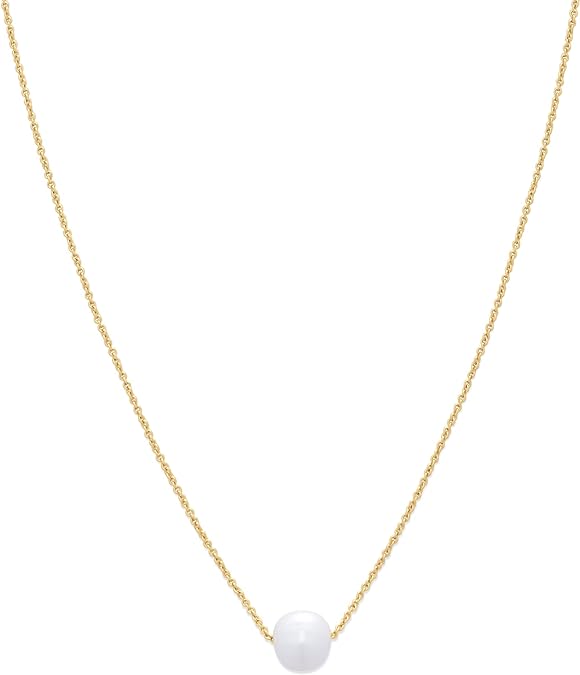
The Cultural and Sentimental Value of Pearl Necklaces
Beyond their physical beauty, women necklaces hold deep sentimental and cultural significance. They have been gifted for centuries as symbols of love, purity, and wisdom. In many cultures, pearls are bestowed upon brides and graduates to signify new beginnings and the hope for a future filled with prosperity.
Pearls as Heirlooms: From Generation to Generation
Pearl necklaces are often passed down through generations as family heirlooms. The durability of pearls, when properly cared for, allows them to withstand the test of time, making them not only a piece of jewelry but a legacy that carries the stories and memories of loved ones.

